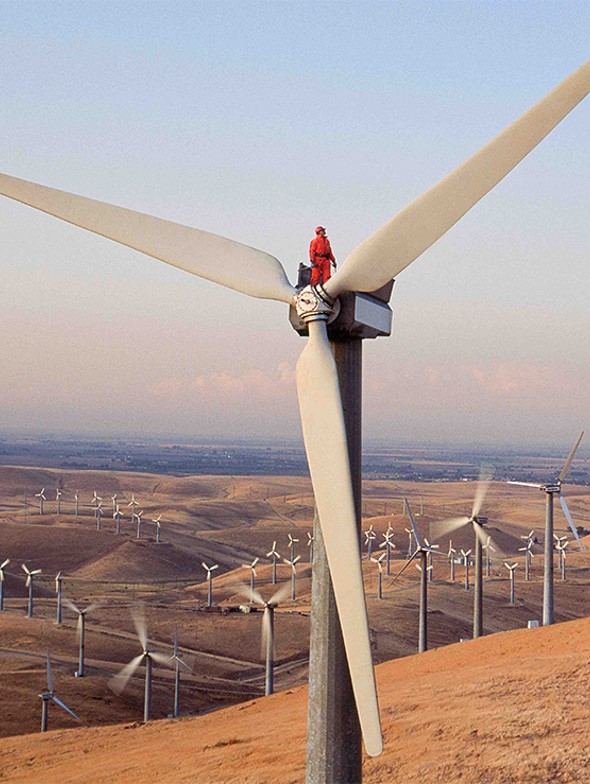Competitive Drivers
Navigating the Intersection of Green, Tech, and Innovation
Competitive Drivers
Amid economic uncertainty and intensifying competition for talent, organizations must take decisive actions to attract and retain top talent while advancing their sustainability commitments. Employees today are increasingly seeking purpose and meaning in their work, flexible arrangements that integrate with their lifestyles, opportunities to continuously develop new skills, fair pay for fair work, and leadership that cares about more than just profits. Today, organizations must demonstrate their stances on social, political, and environmental issues to stand out.
By investing in people and communicating their values and commitments, companies can gain a competitive edge.
A People-Powered Green Transition
The advancement of the green transition continues and the impact on people, prosperity, and the bottom line is taking center stage. Investing in people is not just a choice; it's a necessity. As the demand for green jobs surges, companies need workers with the skills to execute net-zero strategies across business functions.
At the same time, candidates are now heavily considering a company’s environmental performance before accepting a job offer. A recent ManpowerGroup study found that 62% of workers check a company’s environmental reputation. In addition, evidence of clear action on environmental issues (60%) is now a deciding factor for many when choosing between job opportunities.

The Manager Mandate: Mastering Continuous Transformation
The pandemic provided a crash course as managers pivoted to remote leadership overnight. Now as AI, automation, and sustainability reshape work, the onus falls on managers to guide a people-first transformation. As new green and digital skill requirements grow, managers must motivate their people while easing fears around displacement.
Managers also serve as the anchor steering organizational change. They must maintain engagement, inclusion, and well-being amidst shifts in work models, business needs and employee expectations.
Now managers spearhead upskilling initiatives so people at all skill levels participate in the future of work. Top managers understand change succeeds when their people succeed.

“You need to have a long-term view of talent and a more sustainable approach to managing human potential. We're all very focused on the short-term, and that's the risk.”
- Tomas Chamorro-Premuzic, Chief Innovation Officer, ManpowerGroup



Onshore vs. Nearshore vs. Offshore
Disruptions during the height of the pandemic exposed vulnerabilities in global supply chains. As the world economy continues to recover, challenges have remained, including increasing sustainability, demand volatility, shipping disruption, lack of effective data gathering, and fluctuating fuel costs.
Companies must prepare now for future disruptions by building diverse supplier networks and talent communities.

Striking the Right Balance on Wages
Today, economic uncertainty is preventing almost a quarter of workers (23%) from getting the job they want. People are changing jobs less frequently — forcing employers to figure out how to best strike the right balance between wages attractive enough to bring talent in while sustaining profitable growth.
With fair pay for fair work as the top productivity driver, it’s no surprise that a third of all workers (31%) wish leadership would better understand the financial challenges that impact their work. In addition to increased wages, businesses must also find other ways to stay competitive and retain skilled talent by providing autonomy, flexibility, and purpose-driven work.


Get in Touch
ManpowerGroup® (NYSE: MAN), the leading global workforce solutions company, helps organizations transform in a fast-changing world of work by sourcing, assessing, developing and managing the talent that enables them to win. We develop innovative solutions for hundreds of thousands of organizations every year, providing them with skilled talent while finding meaningful, sustainable employment for millions of people across a wide range of industries and skills. Our expert family of brands – Manpower®, Experis®, Right Management® and ManpowerGroup® Solutions – creates substantially more value for candidates and clients across 80 countries and territories and has done so for 70 years.
© 2023 ManpowerGroup All Rights Reserved.




